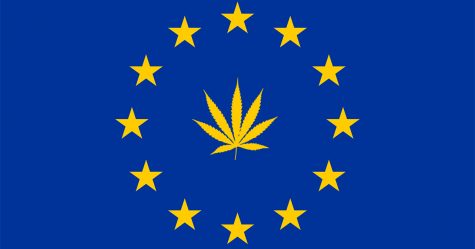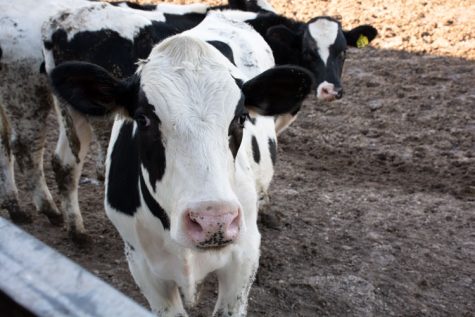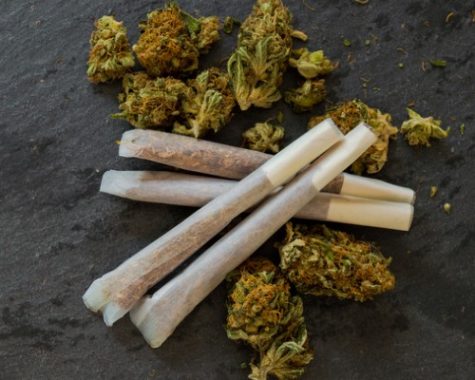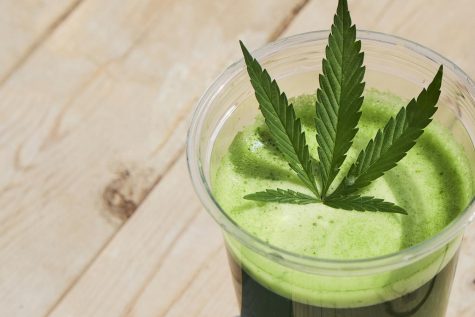Midwestern Hemp Database spotlights best cultivation practices
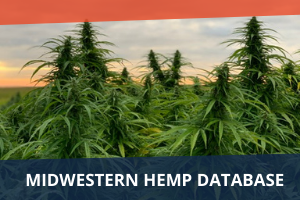
Hemp producers who are interested in learning how to cultivate the best plants – and let’s face it, who wouldn’t be? – ought to check out the Midwestern Hemp Database.
This database features useful information from various growers spread across the Midwest region. During summer of 2020, each cultivator provided researchers at the University of Illinois and the University of Wisconsin-Madison with specific crop details.
Using that information, the team of Midwestern researchers successfully managed to develop a database designed to enlighten farmers on the likely turnout of their hemp cultivars in 2021 and further afield.
“We wanted to work together to stop working in silos all the time and share information across the region, not just within our own state, and figure out what’s working and what’s not for our growers,” said an educator for commercial agriculture at the University of Illinois Extension named Phillip Alberti.
“Also very importantly, what sources of genetics, what varieties out there might be more suited to their environment for performance issues or ultimately (THC) compliance, which of these varieties are going to produce a compliant crop.”
Growers were provided with a discount on cannabinoid sampling services in exchange for their help with the research. Numerous participants from Michigan State University, Purdue University and cultivators in their respective states also contributed to the Midwestern Hemp Database.
An overview of what is contained in the Midwestern Hemp Database
According to Alberti, the newly compiled database assists cultivators in understanding when hemp plants should be tested for the psychoactive cannabinoid tetrahydrocannabinol (THC). Included in the database is an abundance of information about particular cultivars, such as:
- A cultivar’s CBD and THC composition;
- When it was planted;
- When it started flowering;
- When it was harvested.
Additionally, based on soil type(s) and planting method(s), growers can get an idea of how much CBD a cultivar will produce before the 0.3 percent THC limit is reached.
“Because that ultimately determines compliance,” said Alberti. “What is kind of the peak window that growers can expect they’re going to be busier, that they really need to be paying attention to cannabinoid levels.”
The university’s educator for commercial agriculture made a point of noting that growers pay $35 to test each sample for cannabinoids at Rock River Laboratory Inc. in Watertown, Wisconsin. This price, he says, is about half what lab testing normally costs.
“Cannabinoid profiling is very expensive. It’s kind of the scariest thing growers have to deal with because in order to harvest their material, they have to show compliance,” added Alberti.
Universities intend on gathering more data for the Midwestern Hemp Database this year
Last year, agriculture officials were bound by coronavirus-related social distancing restrictions. Because of this, they were unable to gather data directly from the field. Instead, the university researchers improvised by asking growers to input information into the Midwestern Hemp Database.
Associate professor of horticulture at the University of Wisconsin-Madison, Shelby Ellison, says that the online portal provided an effortless way of obtaining data amid the pandemic.
“It was great that we were able to get participation across the number of different states,” said Ellison, who suggests that hemp cultivators try to broaden their perspective when viewing the database, as opposed to considering just one factor.
The universities intend on collecting more data from participants in additional U.S. states as 2021 progresses.



